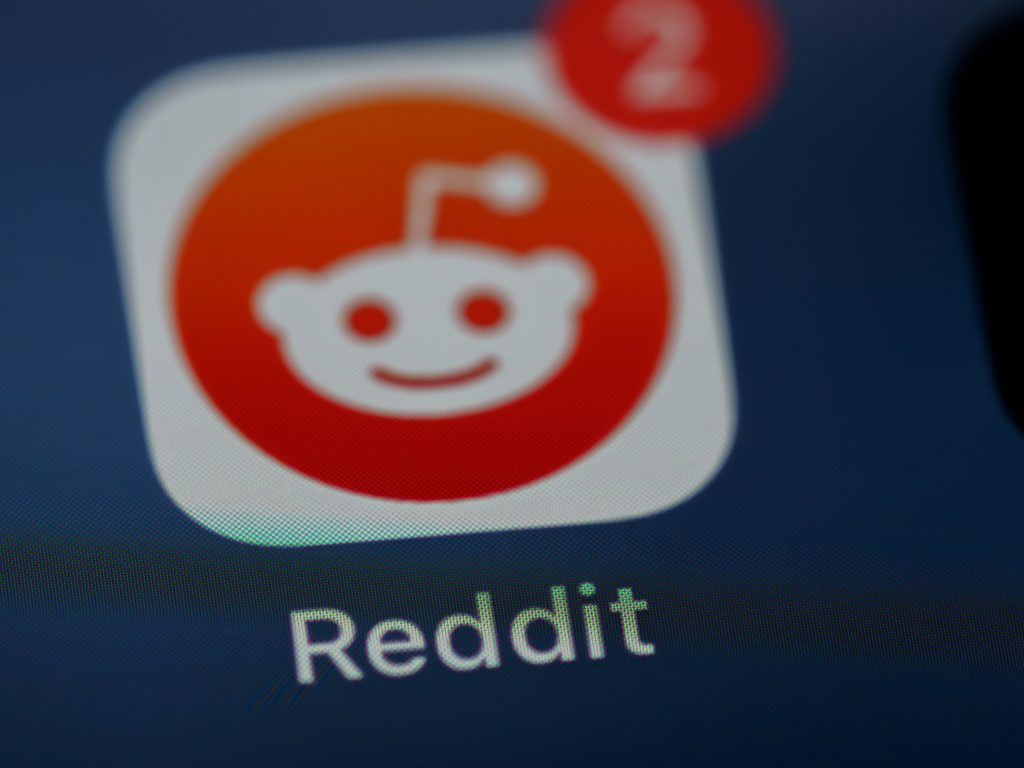It’s been a dramatic year for the music industry. We’re proud to have played a part in shaping some of the biggest conversations currently happening. From new economic models and tackling streaming fraud, to promoting the role of monetizing lyrics to create new revenue streams (on which we have scored some amazing coverage for our clients. No sweat).
But amidst all of our work, we’ve also been exposed to some of the latest and greatest thinking from leaders in the industry. Here’s what they — and we — are looking out for in the year to come.
Personalization and superfans
Getting music out has never been easier, yet making it stick with audiences has never been harder. The answer? Developing a superfan base and offering personalized experiences.
A Spotify study shows that while they are small in number — 2% of an artist’s total listeners — superfans account for 18% of monthly streams. They are also profitable, spending 80% more than the average listener in the US. The game then is to create more superfans, achieved via personalized experiences that combine streaming, live and beyond.
This is a not-exactly-new trend. But it’s going to be a key focus for everyone from label to marketing to streamers. So, expect to see more innovation on products and services that better connect artists to their fanbase.
Mainstream use of AI
If this year has been about the hype, next year will be about “normalization” of AI across the music industry, from recording to distribution to marketing and beyond.
There have been some great AI-native companies that have made serious waves this year; from Masterchannel’s use of AI in the recording process, to new labels such as FrtyFve harnessing AI to develop artists’ careers. There’s also an increasing number of (generative) AI-as-a-service companies, like Instrumental, coming into their own and producing amazing results.
The next year will see AI become an integral component at each stage of the value chain. Sometimes it will be in big, noticeable ways. Other times, perhaps subtly. But it will be there, normalized into the everyday work of the industry.
The fight against fraud takes flight
We all know the scary stats: fraud accounts for anywhere between 5% to 10% of all streams. Fortunately, the past year has seen some significant moves to tackle this.
As part of its plans for an artists-centric economic system (more on that shortly), Deezer has focused to significantly identify and weed out fraudulent tracks, using AI to detect and remove such tracks while also using economic levers to better reward “legitimate” artists. This move has been echoed by Spotify, which plans to penalize those found to be uploading fraudulent tracks.
If 2023 was about setting the stage and establishing the frameworks for reducing fraud, then 2024 will be the testing ground for its effectiveness.
Streaming economics 2.0
It’s been 15 years since legalized streaming up-ended the economic model of the music industry. It was a compromise at the time. Today, it simply isn’t fit for purpose.
Deezer has led the charge here, working with UMG to implement the first artist-centric model. It will actively reward professional artists who reach a minimum threshold, and provide further boosts for organic engagement.
Following suit, Spotify has provided some detail on how it plans to change its own economic model by shifting gears from generating royalties at the 30 second mark to a threshold based on annual streams. It will also better demonetize non-music noise content by extending the minimum listening time required to generate royalties, thus limiting earning potential.
The two models, while showing some similarity in mechanics, take vastly different approaches to the future economic systemThe results of these approaches will shape the direction of travel for music industry economics in 2024.
Increasing the value of music
Stop us if you’ve heard this one before: everyone in the music industry agrees that music is undervalued, and we all know the solution to that problem. Yet progress on the issue has only inched forward.
This is largely because consumers have got used to having everything for very little. So, the industry is going to have to work together to tackle this issue and bring audiences on the journey with them. Streaming price hikes are a start, but can only go a little way. The key is consumer behavior change — a hard brief, but one that is essential the industry as a whole gets right in 2024.
Finally, as it is the season of giving, we thought we would throw in one more trend — something that has been bubbling away at the surface for a few years now, but could make a real impact next year.
Bonus trend: Web3 and music convergence
With increasing regularity, we are seeing supposed breakthroughs of web3 tech in music — only for them to fizzle out. In 2022, it was NFTs, then the metaverse. Both had some successes, but they hardly hit the mainstream.
Startups such as Sona — launched by industry veterans Laura Jaramillo and TOKiMONSTA in December with a $6.9M seed raise — offer some hope here. Sona uses web3 principles to offer a rewards model, NFT-like auctions and ad-free streaming. The aim is to give artists greater power over their catalog, and develop a higher level of engagement from fans through ownership. Maybe 2024 will finally be the year web3 breaks through in music.
The coming year promises to be not just an exciting one for the music industry, but a hopeful one as well. Major innovations and moves that have begun this year will come to fruition in 2024. It’s going to be one helluva ride, but we are here for it.
Looking to up your comms game in 2024? Or maybe you just need the therapy of a conversation as you brace for the new year. Either way, get in touch today.





